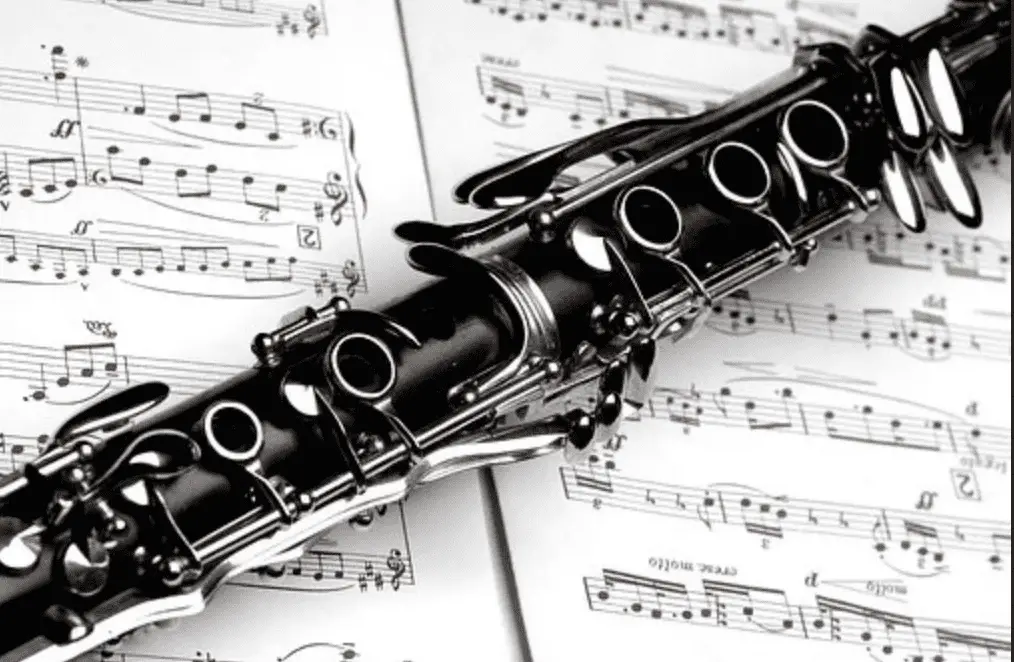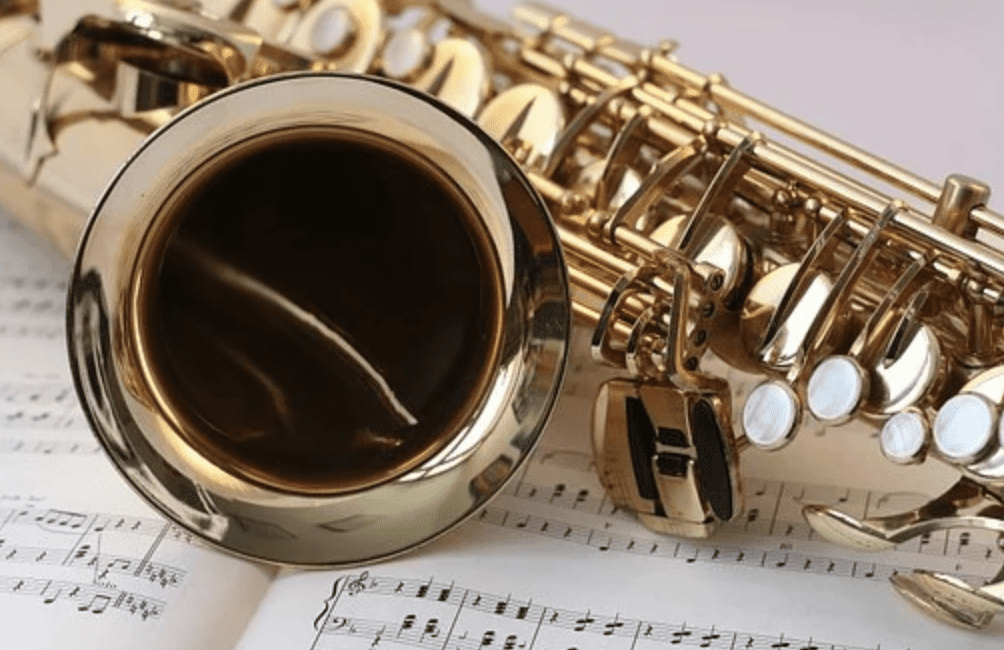Whether you’re a fan looking to become more fluent in the world of instruments and music writing, or someone hoping to pick up a new hobby by learning to play an instrument, it’s always fun to pursue a musical skill. Even if you have no aspirations of becoming a professional musician, it’s helpful to understand the kinds of musical instruments out there. They’re often more than just a gateway to a new sound or geographic location. They can clue you in on a different culture, history, and so on. Here are some musical instruments you’ve probably heard on a record, but have never been able to identify.
-
Recorder
No, not the digital recording device, but rather a woodwind instrument, similar to a flute – just not made of metal. It also happens to be one of the easiest woodwind instruments you can learn, making it a popular choice for kids or people new to playing instruments. With a simple fingering chart, it’s possible to play all kinds of music without a hitch, and you can learn entirely on your own. It’s a portable device that allows you to control breathing with the appropriate finger positioning, which in turn helps you to learn the basic techniques for all woodwinds. Many instructors note that once you make your way with the recorder, it gets a lot easier to use complex mouthpieces like the clarinet or flute since you would have understood the essentials.
-
Bassoon
Another woodwind instrument, the bassoon is unique in both sound and look. The instrument belongs to the double reed family, which consists of tenor and bass ranges. It comprises six pieces and is usually made of wood. While there are different kinds available on the market, bassoons are generally known for their distinctive tone, wide range, and versatility. They are also some of the hardest instruments to play, and only the truly brave venture to learn them.
-
Balalaika
This instrument has its roots in Russia and is identified by its triangular body. The instrument is strung using three strings that can be played using either fingers or leather picks. It tends to come with leg extensions, making it more comfortable to use while playing. In addition, there are different variations of the balalaika, like the alto, primo, Secunda, and even a bass balalaika, all featuring distinctive sounds, further underscoring its unique complexity.
-
Glass Harmonica
We are all familiar with the traditional harmonica, usually made of steel or metal of some kind. The glass harmonica is a bit more niche, and as such is not as well known. It was invented by Benjamin Franklin and comes with a series of bowls that rotate while the player touches said bowls with wet fingers to create the desired notes. It’s rather strange and requires exceptional skill and dexterity to be able to play it. Due to its unique design, several notes can be played at once while creating some truly lovely sounds. It has slowly gained popularity over time, and plenty of musicians looking to flex their musical muscles try to take on this complicated instrument.
-
Xylophone
The xylophone tends to bring to mind something a bit more cartoonish, as though it requires less skill than other instruments to play. This couldn’t be further from the truth. Falling within the family of percussive instruments, the xylophone consists of wooden bars that are struck by mallets. It is in many ways similar to a glockenspiel in that a xylophone consists of a set of tuned keys arranged in the same ways as a piano. It can be easy to play at least a few simple harmonies, which makes it a good choice for beginners. Although, you do need to be prepared ahead of time – otherwise, you’ll just be giving your neighbors a migraine.
-
Theremin
The theremin is a fairly strange instrument, notable for its weirdly melodic – yet haunting – sounds, made without even touching it. The sounds are achieved by manipulating the electric current that flows throughout the theremin, and the musician changes the pitch and volume by moving their hands in various ways near the vicinity. The player almost looks as though they’re casting a spell over the instrument, so it makes for a fairly fascinating performance, too.

The instruments listed here tend to fall under the radar, but they are definitely interesting to play and listen to. It’s also fun to watch talented musicians tackle them on stage, and they make for a wonderfully performative experience to enjoy. We definitely recommend looking into these instruments, learning more about their history, and listening to their distinctive sounds.

